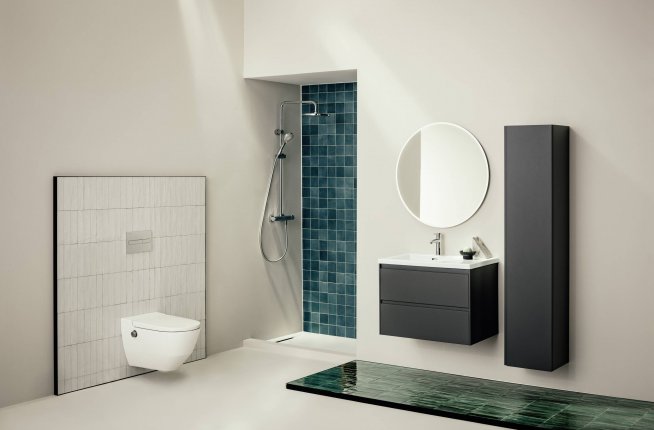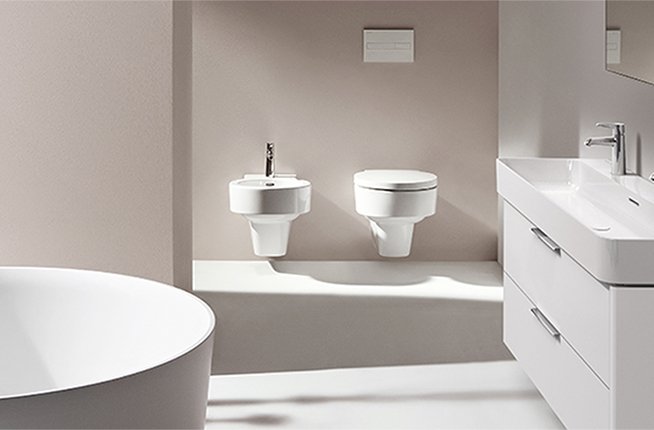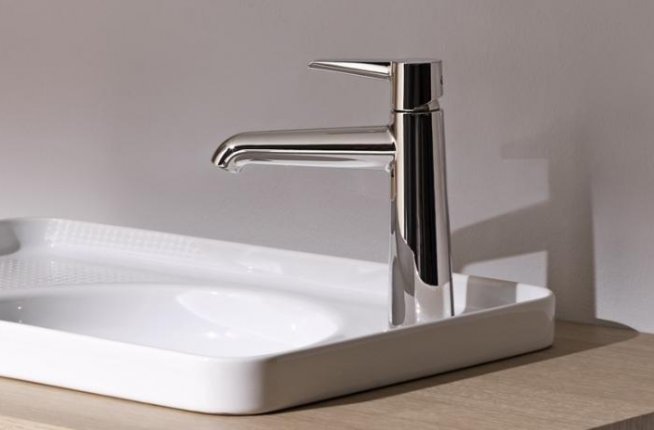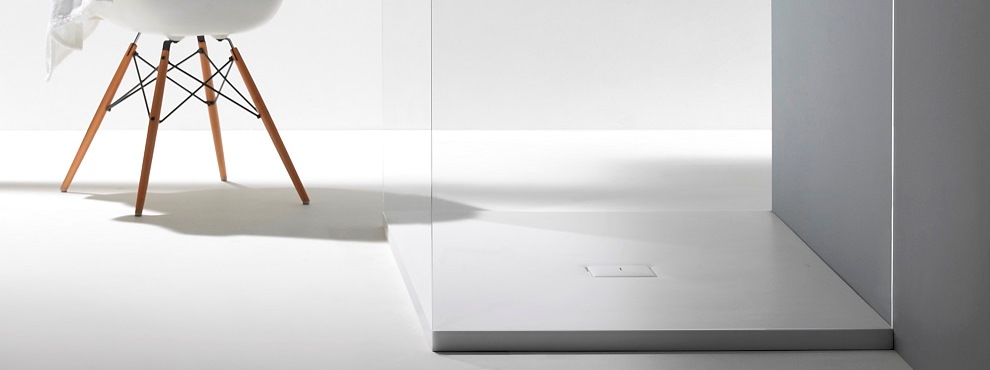
Choosing the ideal shower tray: some useful tips
If you are planning your shower area and the many alternatives on the market are confusing you, this post will give you some useful information.
Start with the fundamental criteria: which elements must you consider to understand which shower tray is the most suitable for your bathroom?
If you are planning your shower area and the many alternatives on the market are confusing you, this post will give you some useful information.
Start with the fundamental criteria: which elements must you consider to understand which shower tray is the most suitable for your bathroom?
1. Shower tray dimensions
There are three types of shower trays:
- trays with standard dimensions that cannot be modified (e.g. 70×90, 80×100, 80x120cm);
- trays available in a variety of dimensions that vary just a few centimetres from each other. These are more versatile and suitable in most cases (e.g. the width of some trays is fixed – 70cm for example – and lengths vary from 80 to 180cm);
- bespoke trays produced to customers’ drawings, with irregular shapes.
It’s clear that you have to keep in mind not just your wishes and taste, but also the bathroom layout, to see if you have the space for a standard shower tray, or if you need one made to measure.
In the event of a more complex bathroom, for example with a column, out-of-true walls or irregular niches that rule out a standard shower tray, you need one made to measure for you, or one that can be adapted during fitting: in other words, you don’t have to forego design and style, even with rooms that are difficult to plan.
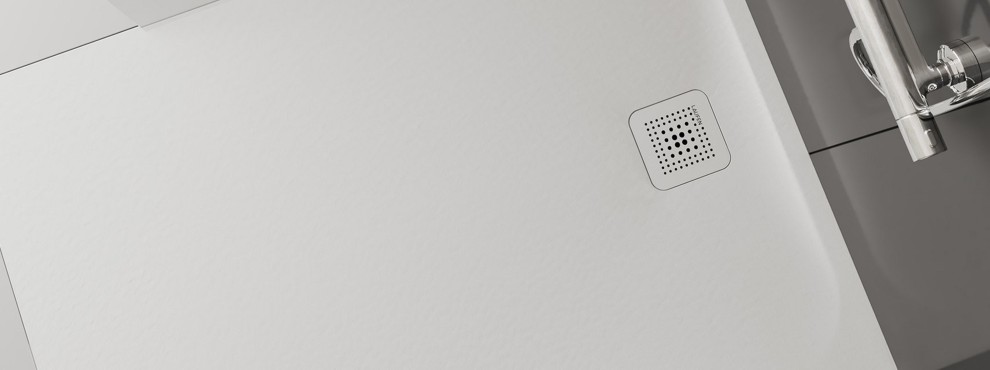
2. Fitting
Shower tray flush with the floor or laid on top of it? Often the decision is conditioned by the space needed by the drain. If your house is under construction, there’s no problem, just remember to tell the fitter in time.
If on the other hand you are renovating, you should see about laying a recessed shower tray: the designer will need to check whether there is enough space for the drain (luckily, there are flatter drains to solve this problem).
In either case some models come with a border, which is both attractive (some people don’t like flush trays) and useful for containing water (or if the shower enclosure profile is not so minimal and requires more centimetres at the base).
Another important point regarding fitting is the choice of a shower tray that slopes or one with a fixed pan (the internal part used for washing) and a flat part. This depends on the position of the shower taps and the type of shower enclosure: in the case of Walk-in (our shower with an open, unglazed side) for example, it makes sense to leave the threshold flat and the pan with the drain in the part enclosed by glass.
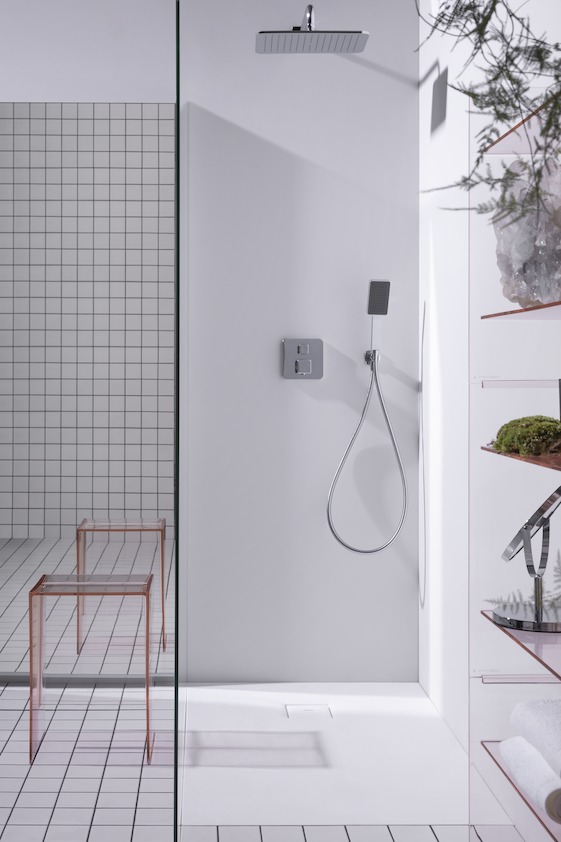
3. Shower tray: which material?
Contemporary production technologies provide infinite finishes for modern shower trays. There are acrylics and ceramics (currently the standard choice), stone or stone-effect shower trays, trays in resin or technical materials (see below), and ultra-smooth to rough textured finishes. This means the style of your bathroom can be enhanced also by the type of shower tray you choose.
If you’re wondering what type of material is the best for a shower tray, the answer is there isn’t one: it depends on preference regarding aesthetics and personal needs.
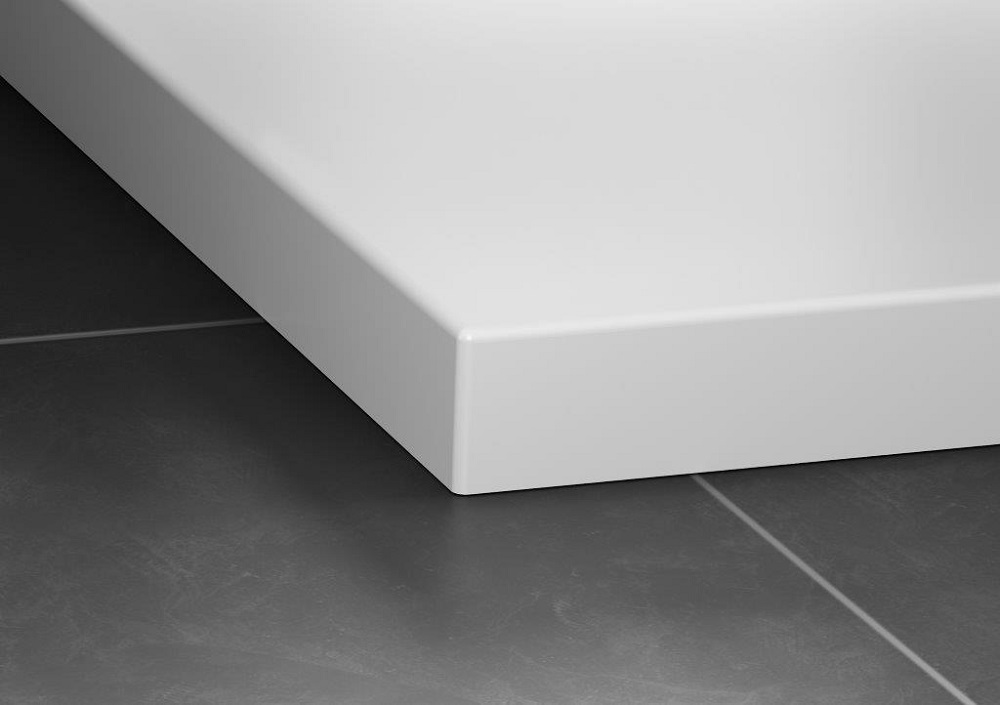
Note: never neglect cleaning the shower tray
When choosing a shower tray, it is important to assess the material used also according to ease of cleaning and maintenance. The simpler the surface is, the easier it is to clean and the longer it will maintain its attractive appearance.
Each material has its peculiarities and needs (for example, it is better to avoid aggressive detergents on some of them, whereas it is not an issue for others). Ask the seller or search the company’s website for such information, or read the product instructions carefully.
